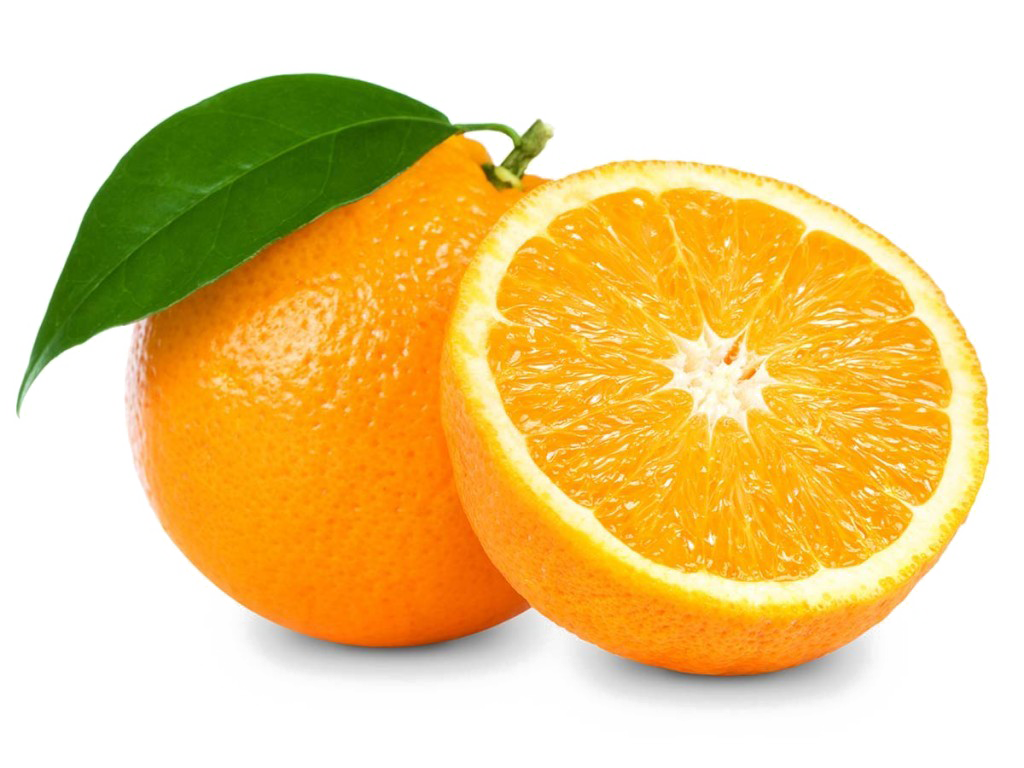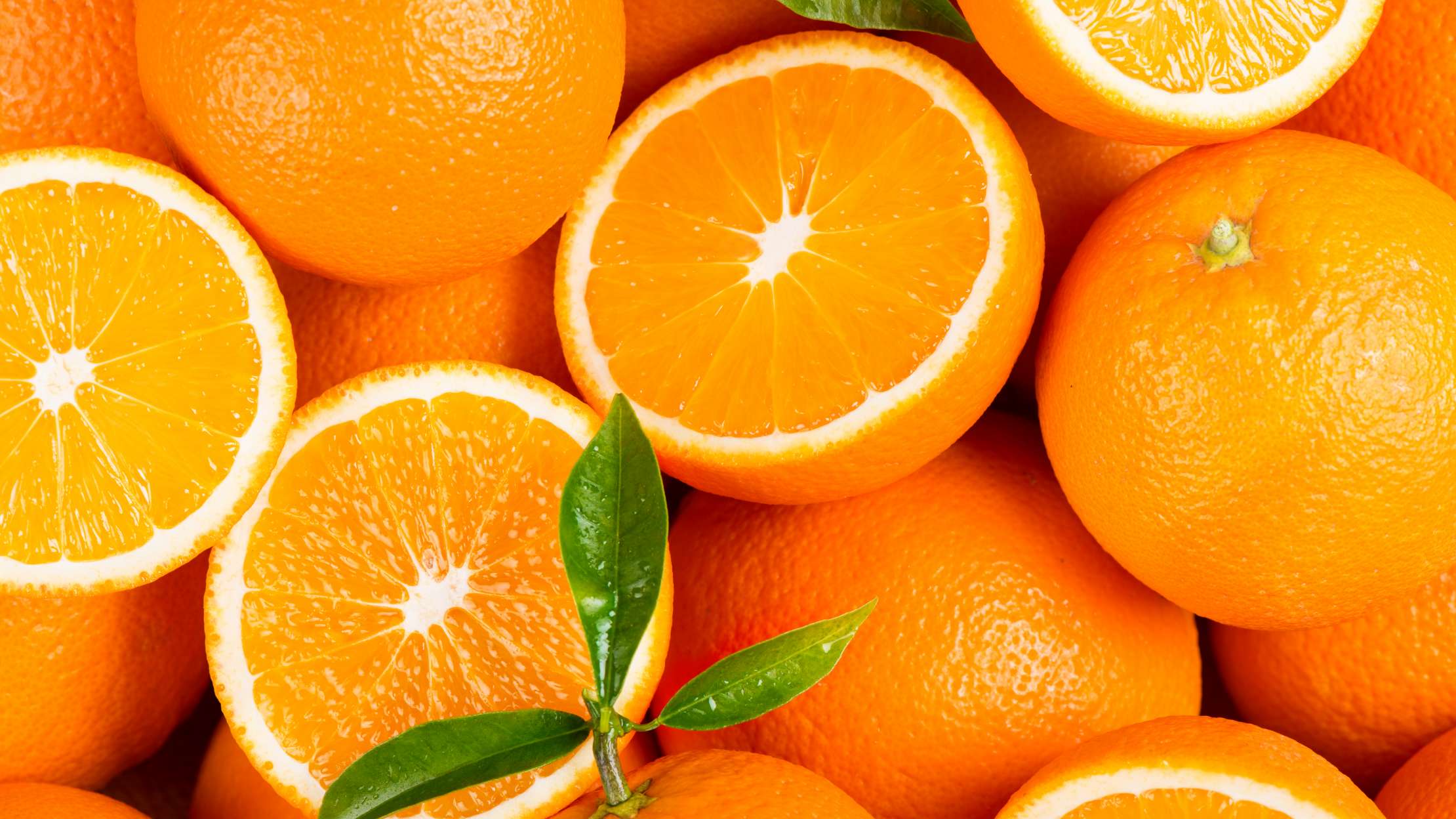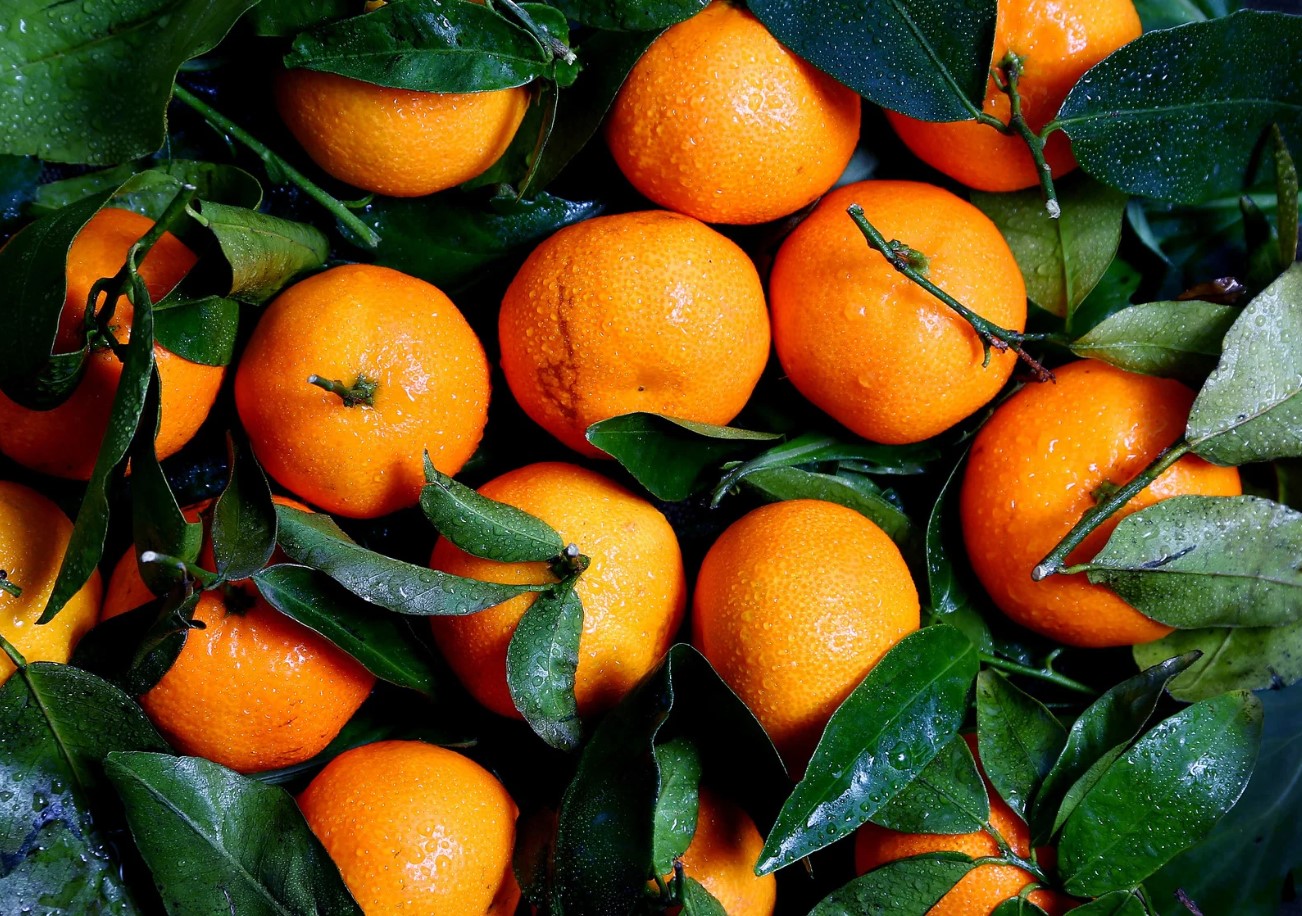When you think of sweet potatoes, what color comes to mind? For many, it's that comforting, vibrant orange hue, synonymous with autumn feasts and wholesome goodness. But have you ever encountered the intriguing sight of a purple sweet potato? The question of whether to choose **orange or purple sweet potatoes** is more than just a matter of aesthetics; it delves into fascinating nutritional differences, culinary versatility, and even a bit of botanical intrigue. This article will peel back the layers on these beloved root vegetables, exploring their unique characteristics and helping you decide which vibrant variety best suits your plate and your health goals.
Sweet potatoes, a staple food in many tropical regions and a culinary delight worldwide, are far more diverse than their common name suggests. They are often confused with yams, a completely different plant, but the sweet potato family itself boasts a spectrum of colors, textures, and flavors. From the classic orange to the striking purple, and even white and red varieties, these starchy roots offer a wealth of benefits and culinary possibilities. Let's embark on a journey to understand these incredible tubers better.
Table of Contents
- The Sweet Potato Family: A World of Color and Flavor
- Orange Sweet Potatoes: The Beloved Classic
- Purple Sweet Potatoes: A Nutrient Powerhouse
- Orange vs. Purple: Nutritional Showdown
- Sweet Potatoes vs. Yams: Unraveling the Confusion
- Cooking with Orange and Purple Sweet Potatoes: Tips and Tricks
- Beyond the Orange and Purple: Other Sweet Potato Varieties
- Similarities in the Kitchen: Foods Like Sweet Potatoes
The Sweet Potato Family: A World of Color and Flavor
The sweet potato, scientifically known as Ipomoea batatas, is a fascinating root vegetable belonging to the Convolvulaceae family, also known as the morning glory family. Despite its global presence today, this starchy ingredient is native to Central and South America, where it has been cultivated for thousands of years. From these ancient origins, it has spread across continents, adapting to various climates and becoming a staple food for countless cultures.
One of the most captivating aspects of sweet potatoes is their incredible diversity. They come in many different varieties, with their flesh ranging anywhere from white to the familiar orange or the increasingly popular purple. Beyond color, their textures and flavors also vary significantly. Some varieties offer a distinctly sweet and nutty flavor with a creamy texture, while others lean more towards a starchy consistency, making them incredibly versatile for various culinary applications. This rich tapestry of options ensures that there's a sweet potato out there to satisfy almost any palate and recipe requirement.
Orange Sweet Potatoes: The Beloved Classic
When you hear "sweet potato," chances are the vivid image of an orange-fleshed tuber springs to mind. These are, without a doubt, the most popular and widely available sweet potato varieties, especially in Western countries. Often referred to by names like Beauregard, Jewel, or Garnet, orange sweet potatoes are celebrated not just for their delightful sweetness and creamy texture but also for their impressive nutritional profile.
Orange sweet potatoes are nutritional powerhouses, particularly renowned for their exceptionally high levels of beta-carotene. This powerful antioxidant is what gives them their characteristic orange hue and is converted into Vitamin A in the body. Vitamin A is crucial for maintaining healthy vision, supporting immune function, and promoting healthy skin. By incorporating orange sweet potatoes into your diet, you can easily increase your intake of these vital vitamins and minerals, contributing significantly to your overall well-being. They also provide a good source of dietary fiber, Vitamin C, and potassium, making them a well-rounded addition to any meal.
Culinary speaking, orange sweet potatoes are incredibly versatile. Their natural sweetness makes them perfect for desserts like pies and casseroles, but their earthy notes also allow them to shine in savory dishes. They can be roasted, mashed, fried, or added to soups, stews, and salads. Their creamy texture, especially when baked or boiled, makes them easy to incorporate into a wide array of recipes, from simple side dishes to complex main courses.
Purple Sweet Potatoes: A Nutrient Powerhouse
While orange sweet potatoes hold a special place in our hearts, the rising star of the sweet potato world is undoubtedly the purple variety. Now, picture this vivid orange being joined by a soft, inviting purple hue. While this might seem like an unexpected combination in nature, sweet potatoes can indeed come with a gentle purple tint, ranging from a pale lavender to a deep, almost black, indigo. These visually striking tubers are not just a treat for the eyes; they bring a unique set of health benefits and a distinct culinary appeal that sets them apart.
The Magic of Anthocyanins
The most significant difference between orange and purple sweet potatoes lies in their antioxidant composition. Purple sweet potatoes contain higher levels of anthocyanins, the very same powerful antioxidants found in blueberries, blackberries, and red cabbage. These compounds are responsible for the vibrant purple pigmentation and play a crucial role in combating inflammation and oxidative stress within the body. Oxidative stress is linked to various chronic diseases, so incorporating anthocyanin-rich foods like purple sweet potatoes can contribute to long-term health.
Beyond their anti-inflammatory properties, anthocyanins have been studied for their potential benefits in supporting cardiovascular health, improving cognitive function, and even possessing anti-cancer properties. Like their orange counterparts, both orange and purple sweet potatoes contain eye health-protecting compounds, but the unique antioxidant profile of the purple variety adds another layer of nutritional benefit, making them a truly remarkable food choice.
Popular Purple Varieties and Their Unique Charm
There are several popular types of purple sweet potatoes, each with its unique flavor and texture. One of the most well-known is the Stokes Purple variety, originally from North Carolina. This variety is celebrated for its deep purple flesh and slightly drier, denser texture compared to orange sweet potatoes, which makes it hold its shape well when cooked. Other notable purple varieties include the Okinawan sweet potato, a staple in Japanese cuisine with a creamier texture, and the Murasaki, which has a purple skin but a white flesh that sweetens and turns golden when cooked.
The unique taste of purple sweet potatoes, often described as richer and slightly less sweet than orange varieties with subtle nutty notes, makes them the perfect star for both everyday meals and special occasions. Their striking color adds a dramatic flair to any dish, transforming a simple side into a culinary masterpiece. For instance, a purple sweet potato pie base is similar to a regular sweet potato pie, but the mashed, cooked purple sweet potatoes mixed with evaporated milk, butter, brown sugar, eggs, and spices create a visually stunning and uniquely flavored dessert. Instructions are also often included for making your own homemade buttery pie crust, perhaps even using the "vodka trick" for extra flakiness. The filling is then baked at around 300 degrees F to ensure an evenly cooked and delightful result.
Orange vs. Purple: Nutritional Showdown
When it comes to comparing orange vs purple sweet potatoes, both offer impressive nutrition, but they do have some differences in their nutritional profiles that might sway your choice depending on your specific health goals.
- Vitamin A (Beta-Carotene): Orange sweet potatoes are the clear winner here, boasting significantly higher levels of beta-carotene, which converts to Vitamin A. If your primary goal is to boost Vitamin A intake for vision, immune health, and skin, the orange variety is superior.
- Antioxidants (Anthocyanins): Purple sweet potatoes take the crown for anthocyanin content. These powerful antioxidants are less prevalent in orange varieties. If you're looking to increase your intake of compounds that combat inflammation and oxidative stress, purple sweet potatoes are the healthier choice.
- Fiber: Both varieties are excellent sources of dietary fiber, crucial for digestive health, blood sugar regulation, and satiety.
- Vitamins and Minerals: Both orange and purple sweet potatoes are rich in a wide array of vitamins and minerals, including Vitamin C, B vitamins, potassium, and manganese. They both contribute significantly to your daily nutrient needs.
So, which is healthier, sweet potato or purple potato? Are purple sweet potatoes healthier than orange ones? The truth is, the healthiest choice depends on your specific health goals. If you're aiming for a high dose of Vitamin A, go for orange. If you're seeking potent anthocyanin antioxidants, purple is your pick. The good news is that both orange and purple sweet potatoes, though different in color, offer a range of health benefits, making them excellent additions to a balanced diet. Incorporating both into your meals allows you to reap the benefits of their unique nutritional strengths.
Sweet Potatoes vs. Yams: Unraveling the Confusion
One of the most common culinary confusions revolves around sweet potatoes and yams. Many people use the terms interchangeably, especially in North America, where some orange-fleshed sweet potato varieties are commonly referred to as “yams.” However, don’t be fooled – these plants are not related at all!
Sweet potatoes (Ipomoea batatas) are root vegetables belonging to the morning glory family, native to the Americas. They have a naturally sweet flavor, and their flesh can range from white to orange or purple. True yams (Dioscorea species), on the other hand, are tubers belonging to the lily family. They are native to Africa and Asia and are a staple food for many tropical regions worldwide.
Key differences include:
- Botanical Family: Sweet potatoes are from the Convolvulaceae family; yams are from the Dioscoreaceae family.
- Appearance: Sweet potatoes typically have tapered ends and smoother skin. Yams often have rough, bark-like skin and can be much larger and more cylindrical.
- Flavor and Texture: Yams are generally less sweet and have a starchier, drier, and sometimes pastier texture compared to the sweet, moist, and creamy flesh of most sweet potato varieties.
- Origin: Sweet potatoes are native to the Americas; yams are native to Africa and Asia.
It’s important to remember that when you see "yam" in a typical American supermarket, it's almost certainly a soft, orange-fleshed sweet potato. Red sweet potato varieties, such as the Diane, Vermillion, Burgundy, and Garnet, are also commonly referred to as "yams" in certain regions, particularly west of the Rockies, due to their moist texture. Knowing this distinction helps clarify what you’re actually buying and cooking!
Cooking with Orange and Purple Sweet Potatoes: Tips and Tricks
The good news for home cooks is that orange and purple sweet potatoes are, in general, close enough in taste and texture to be interchangeable in most sweet potato recipes. This means you can experiment with their colors and nutritional benefits without drastically altering your favorite dishes. Whether you're making a savory roast, a creamy mash, or a sweet pie, both varieties will perform admirably.
However, there's one small but important tip to keep in mind, especially when baking: purple sweet potatoes can be a bit denser and drier than their orange counterparts. When baking, just be sure to cook the purples a bit longer to ensure they reach that perfectly tender, creamy consistency. This slight adjustment ensures that the unique taste and texture of purple sweet potatoes are fully appreciated. Their firmer texture also makes them excellent for roasting or frying, as they tend to hold their shape better.
For general cooking, consider these points:
- Roasting: Both varieties roast beautifully. Cut them into cubes or wedges, toss with a little olive oil, salt, and your favorite spices, and roast until tender and slightly caramelized. The purple ones will add a stunning visual element to your plate.
- Mashing: Both can be mashed for a comforting side dish. For purple sweet potatoes, you might need a splash more liquid (milk, broth, or butter) to achieve the desired creamy consistency.
- Baking: Whole baked sweet potatoes are simple and delicious. Pierce the skin a few times and bake until soft. The purple variety will reveal its deep, rich color when cut open.
- Soups and Stews: Sweet potatoes add body and sweetness to soups and stews. Both colors work well, but purple can create a surprisingly vibrant, earthy-toned broth.
Don't be afraid to mix and match! A dish featuring both orange and purple sweet potatoes can be visually stunning and offer a broader spectrum of nutrients.
Beyond the Orange and Purple: Other Sweet Potato Varieties
While the focus often remains on the popular orange and purple varieties, the sweet potato family is even more diverse. There are also white-fleshed sweet potatoes, which tend to be less sweet and more starchy than their colorful cousins, making them excellent for savory applications where you want a less pronounced sweetness. Varieties like the Hannah or Japanese sweet potato (Murasaki, which has purple skin but white flesh) fall into this category. They offer a dryer, firmer texture and a subtle, nutty flavor that makes them versatile for roasting, frying, or using as a potato substitute.
Furthermore, as mentioned earlier, there are also red-skinned sweet potato varieties, which often have orange or even white flesh. These include the Diane, Vermillion, Burgundy, and Garnet. The Garnet, for example, is a popular choice with reddish-purple skin and bright orange flesh that is moist and very sweet. These red-skinned types are often the ones mistakenly called "yams" in the market, adding another layer to the sweet potato's colorful identity. Exploring these less common varieties can open up even more culinary possibilities and introduce you to new flavor and texture experiences within the sweet potato family.
Similarities in the Kitchen: Foods Like Sweet Potatoes
If you're a fan of sweet potatoes and looking for other vegetables with a similar profile, or perhaps a substitute when sweet potatoes aren't available, there are a few options that share characteristics in terms of flavor, texture, and culinary use.
The sweet orange type of fruit that is similar to sweet potato is pumpkin. While botanically a fruit, pumpkin is culinarily treated as a vegetable and shares many attributes with sweet potatoes. It's easy to find, boasts a creamy texture, and has a similar sweet and earthy taste to sweet potatoes. This makes pumpkin an excellent alternative or complementary ingredient in many recipes.
Like sweet potatoes, pumpkin is rich in vitamins and minerals, with relatively low levels of calories, making it a healthy choice for your daily cooking routine. You can seamlessly add pumpkin in desserts (think pumpkin pie!), soups (creamy pumpkin soup), salads (roasted pumpkin cubes), or virtually any other recipe that calls for sweet potato. Its versatility and nutritional benefits make it a fantastic cousin in the kitchen, offering a slightly different flavor profile but with familiar comfort. Other root vegetables like carrots or butternut squash also share some sweetness and can be used in similar ways, though their textures might vary more significantly.
Conclusion
Whether you choose **orange or purple sweet potatoes**, you're making a fantastic choice for your health and your palate. We've journeyed through their origins, celebrated the classic orange for its Vitamin A prowess, and marveled at the purple variety's anthocyanin-rich benefits. We've also cleared up the common confusion with yams and explored how these vibrant tubers can be seamlessly integrated into your cooking, with just a slight adjustment for the denser purple types.
Both orange and purple sweet potatoes offer a unique blend of flavor, texture, and vital nutrients, making them incredibly versatile ingredients for both everyday meals and special occasions. They are not just delicious but also powerful contributors to a healthy diet, supporting everything from eye health to combating oxidative stress. So, the next time you're at the market, don't hesitate to grab a handful of both. Experiment with their colors, savor their distinct flavors, and enjoy the impressive health benefits they bring to your table.
What's your favorite way to enjoy orange or purple sweet potatoes? Do you have a go-to recipe that highlights their unique qualities? Share your thoughts and culinary adventures in the comments below! And if you found this article helpful, please consider sharing it with friends and family who might also be curious about these amazing root vegetables. For more insights into healthy eating and vibrant ingredients, explore other articles on our site!


